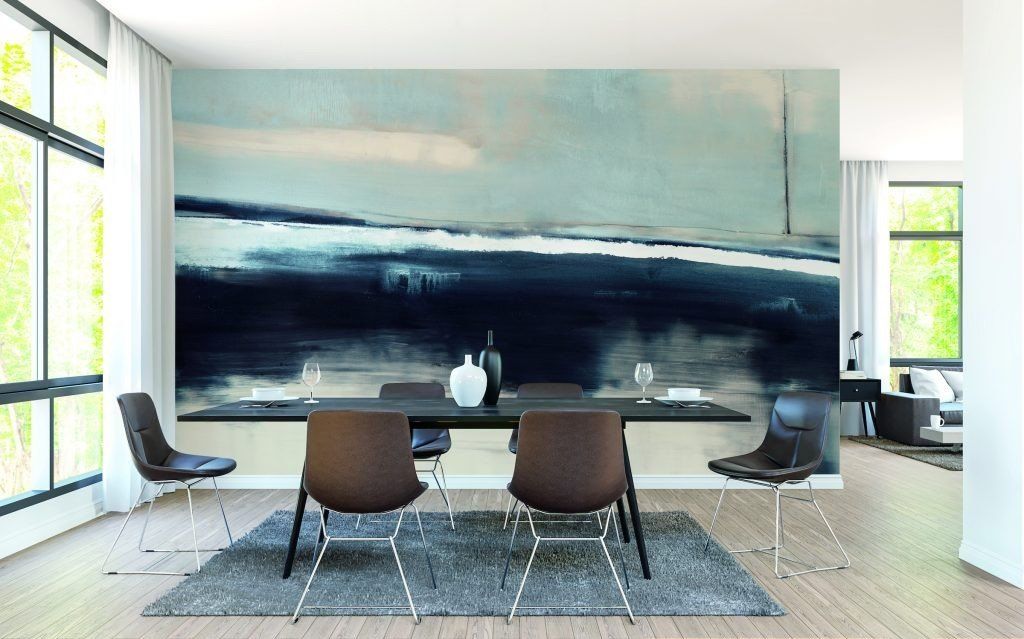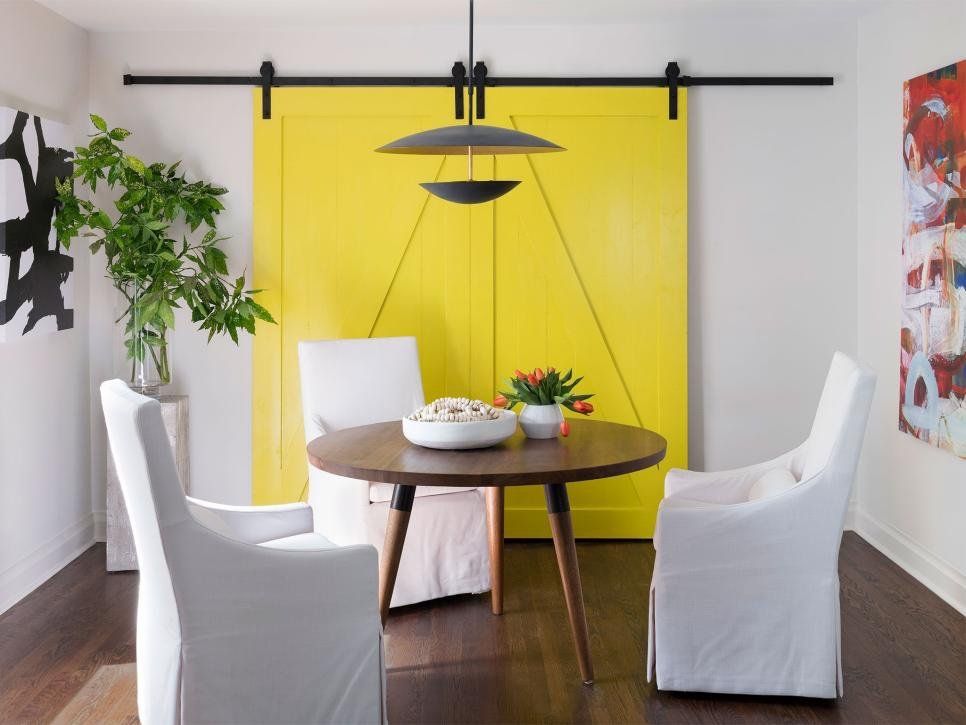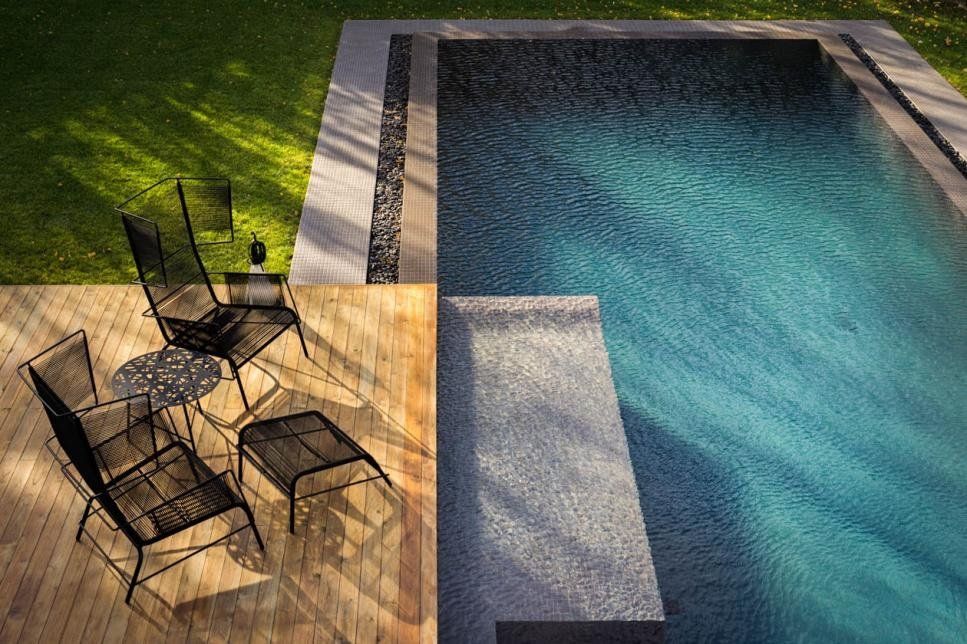Now Trending: Paint and Wallcoverings
- By Parade of Homes
- •
- 31 Jul, 2019
Painting or papering the walls of your home is one of the simplest, most cost-effective changes to make when you’re craving a refresh of your spaces. And thanks to new techniques, materials, and designs, you are only limited by your imagination—or the height of your walls. “Now is the time to express yourself,” says Kathy Basil of Hirshfield’s. “There has never been a better variety.” Here, the manager of the Minneapolis family-owned design shop talks top trends that will add “wow” to your walls.

Statement papers.
While you may not want to deck your entire living room in large-scale, multicolored florals (a very trendy print right now, by the way), smaller spaces—like a powder room or vestibule—are ideal for experimenting with statement wallpaper that packs a visual punch. “I like my statement papers not to be overwhelming,” says Basil. “It all comes down to, how do you want this space to feel?”
Performance wallcoverings.
Materials like grasscloth and sisal have long been admired for their natural, organic look, but because they don’t hold up well to humidity and moisture, they haven’t always been the most practical decorative option. That’s started to change within the past year with the introduction of performance wallcoverings that are not only durable but also aesthetically pleasing. “They look so real and they perform,” says Basil. “You could put them in a mudroom, and your kids can bang their backpacks or hockey sticks or whatever into them, and they don’t do anything.”
Murals.
Whether it’s a scenic landscape that recalls a favorite vacation or a bold geometric design that encapsulates your personality, murals offer an alternative to traditional paint and paper. “A mural is a really good thing for an accent wall,” says Basil.
Color blocking.
Create a feature wall in your home by painting it a different color than the surrounding walls, a technique known as color blocking. “It’s about contrast. Don’t just hop up two spots on the paint strip,” says Basil, noting that the color should complement your other décor. “If you have a pillow you love on your sofa, it can come from that pillow. It can be coral. It can be teal. It could be a great charcoal. It just needs to come from somewhere.”
Painted woodwork.
Skip the stain—classic woodwork takes on new life when painted. “I’m not saying just go through your whole house and paint all your woodwork green,” says Basil, “but if you have a sunroom, or if you have a room off on its own that needs a little personality, [painted woodwork] looks so good.”
Decorative ceilings.
One of the biggest mistakes homeowners make is painting or papering the walls, and then leaving the ceiling blank. “You don’t know it until you compare it side by side,” says Basil. “If you do this great paper and leave your ceiling white, it just looks so unfinished.” She suggests a patterned paper, or a high-gloss or metallic paint that draws the eye upward—but don’t feel like you have to do this in every space. Another way to achieve a cohesive, finished look is by painting the ceiling the same color as the room’s window trim, baseboards, and crown molding.
To learn more and see the original blog post featured on www.paradeofhomes.org, click here.
The Vineyard News
Don't miss a thing! We will keep you up-to-date.
Sign up for Email Updates >>




